Swim with Whale Sharks in Cancun
 During the summer months, mid May to mid September, the Whale Shark is a welcome visitor to the waters around Cancun Mexico and provides a perfect chance to be at one with nature as you swim and snorkel alongside these fantastic underwater giants.
During the summer months, mid May to mid September, the Whale Shark is a welcome visitor to the waters around Cancun Mexico and provides a perfect chance to be at one with nature as you swim and snorkel alongside these fantastic underwater giants.The Whale Shark (Rhincodon typus) is the biggest fish in the world and grows up to 40 feet in length with the biggest specimens weighing over 75,000 lbs. Despite its name and size the Whale Shark is not a Whale at all, it is a filter feeding shark which eats algae and plankton. In fact, it is the traveling plankton it feeds upon that brings this fantastic creature to the crystal clear blue sea of the Mexican Caribbean.
In the Cancun area of Mexico, Whale Sharks gather off the coast of Isla Mujeres, Isla Contoy and Isla Holbox and provide a great day trip diversion for those holidaying in Cancun and the Riviera Maya.
The traditional boats that take you to visit the Whale Sharks are small craft with room enough for around 10 persons plus staff , and the numbers of craft are strictly enforced via licensing . It’s usually an early start (7am) and you’ll return in the early afternoon (2pm). During your tour soft drinks and a light lunch is provided, and many offer an open bar on the return journey.
The whale sharks are more often than not easily located and once their location is pinpointed guests enter the ocean two at a time to swim and snorkel beside them . This ensures that the Whale Sharks are not frightened and also gives maximum time for some superb unobstructed underwater photography. Whale Sharks travel at a velocity of only 3mph so it is easy to stay alongside them. Each turn lasts around 10-15 minutes per two people , and during the trip there will be 3 or 4 opportunities for a total swim time of up to an hour per person. All participants must wear lifejackets and no feeding or touching of the whale sharks is permitted. Non eco-friendly sunscreen is also prohibited.
Most whale shark tour companies , including those below, also include a second stop to snorkel at a close by reef to enjoy the colorful and varied underwater flora and fauna that this particular area of the Caribbean is famous for.




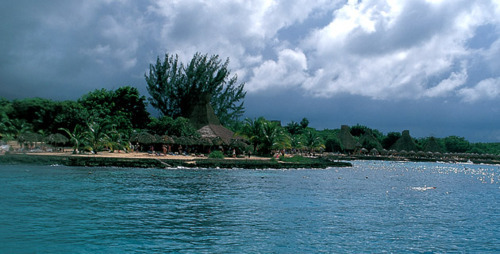 The name
The name 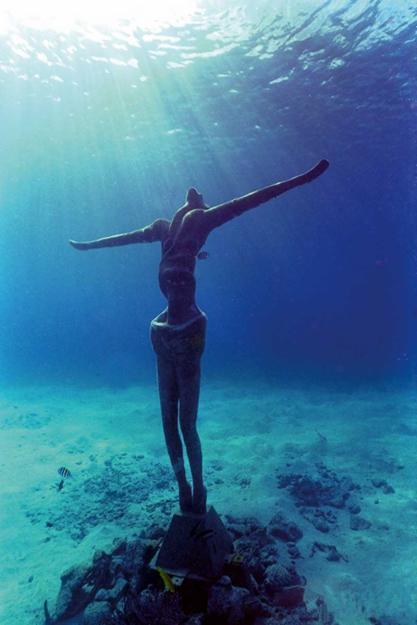
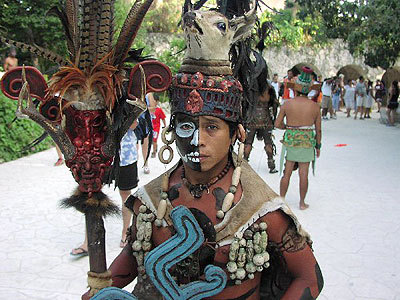 Historically speaking, the group's migration was doubly important. First, because the Mestizos and Mayans would be responsible for permanently settling the
Historically speaking, the group's migration was doubly important. First, because the Mestizos and Mayans would be responsible for permanently settling the 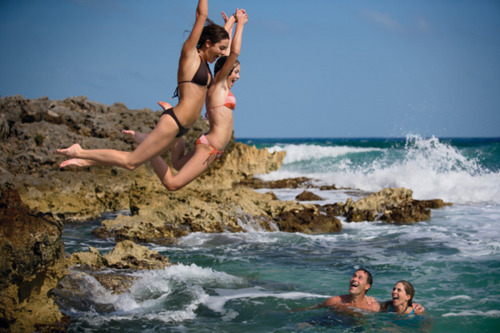
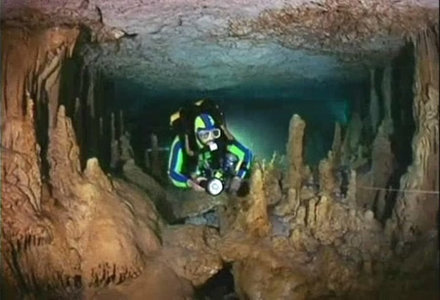 In actuality, two different immigrant groups made it to the shores of Cozumel that first year. The first group was made up of 51 middle class families who made their way from the city of Valladolid, accompanied by 86 mestizo male servants. The second group consisted of 350 poor Mayans who came from the outskirts of Valladolid, but felt ideologically connected to the more urban group and elected to join them. Thus the first people to repopulate Cozumel arrived as a group with a history that instantly divided them according to work assignment and class distinction.
In actuality, two different immigrant groups made it to the shores of Cozumel that first year. The first group was made up of 51 middle class families who made their way from the city of Valladolid, accompanied by 86 mestizo male servants. The second group consisted of 350 poor Mayans who came from the outskirts of Valladolid, but felt ideologically connected to the more urban group and elected to join them. Thus the first people to repopulate Cozumel arrived as a group with a history that instantly divided them according to work assignment and class distinction. 


































